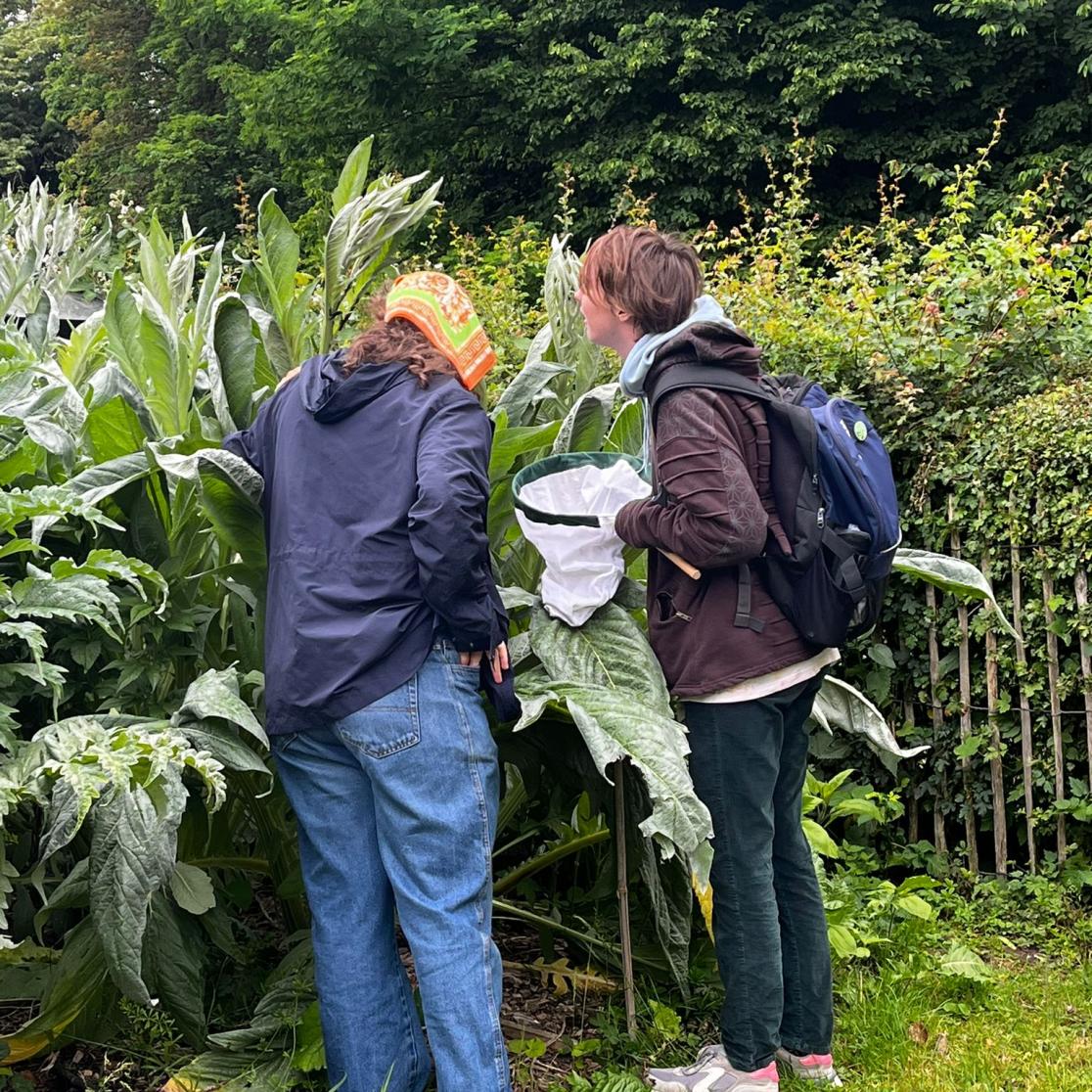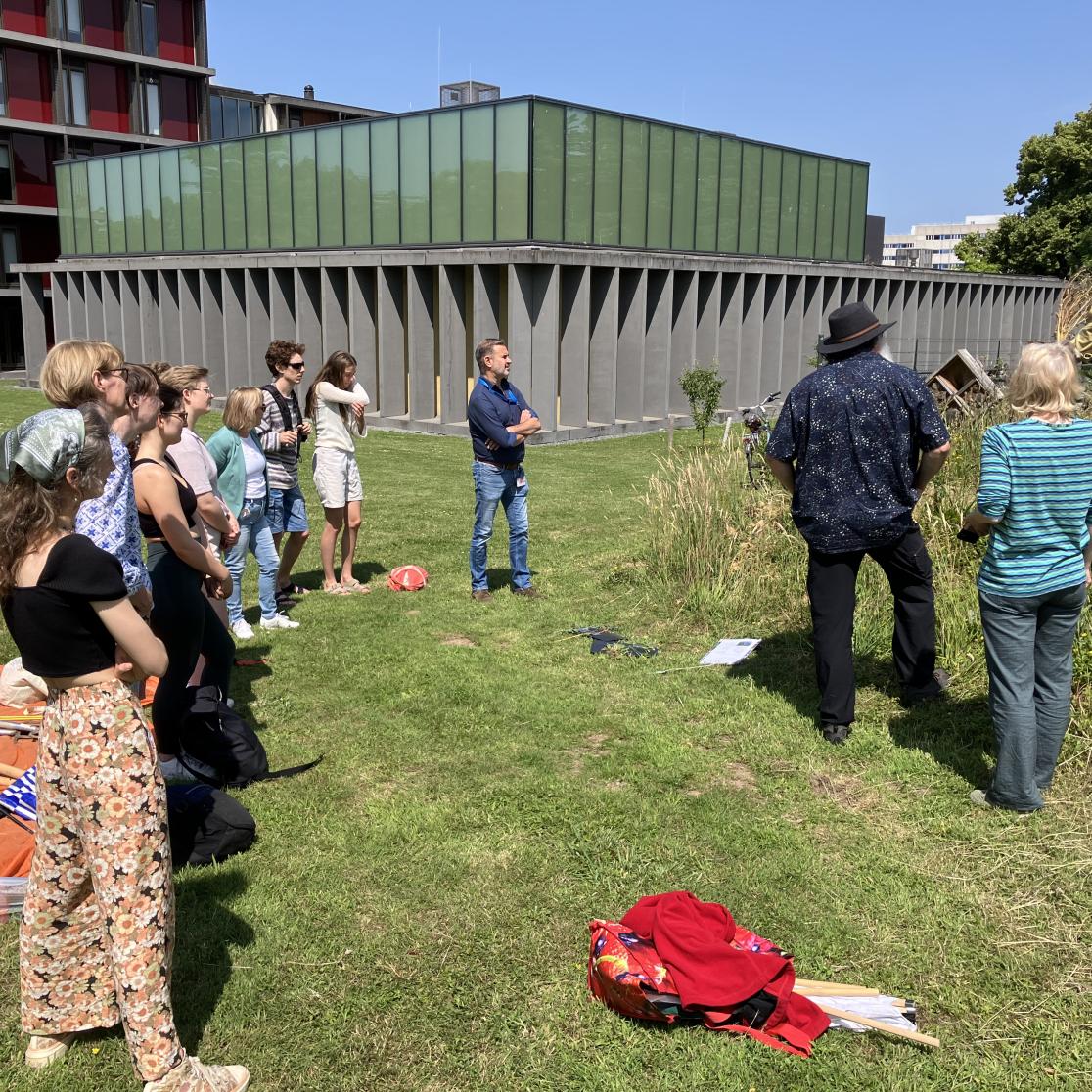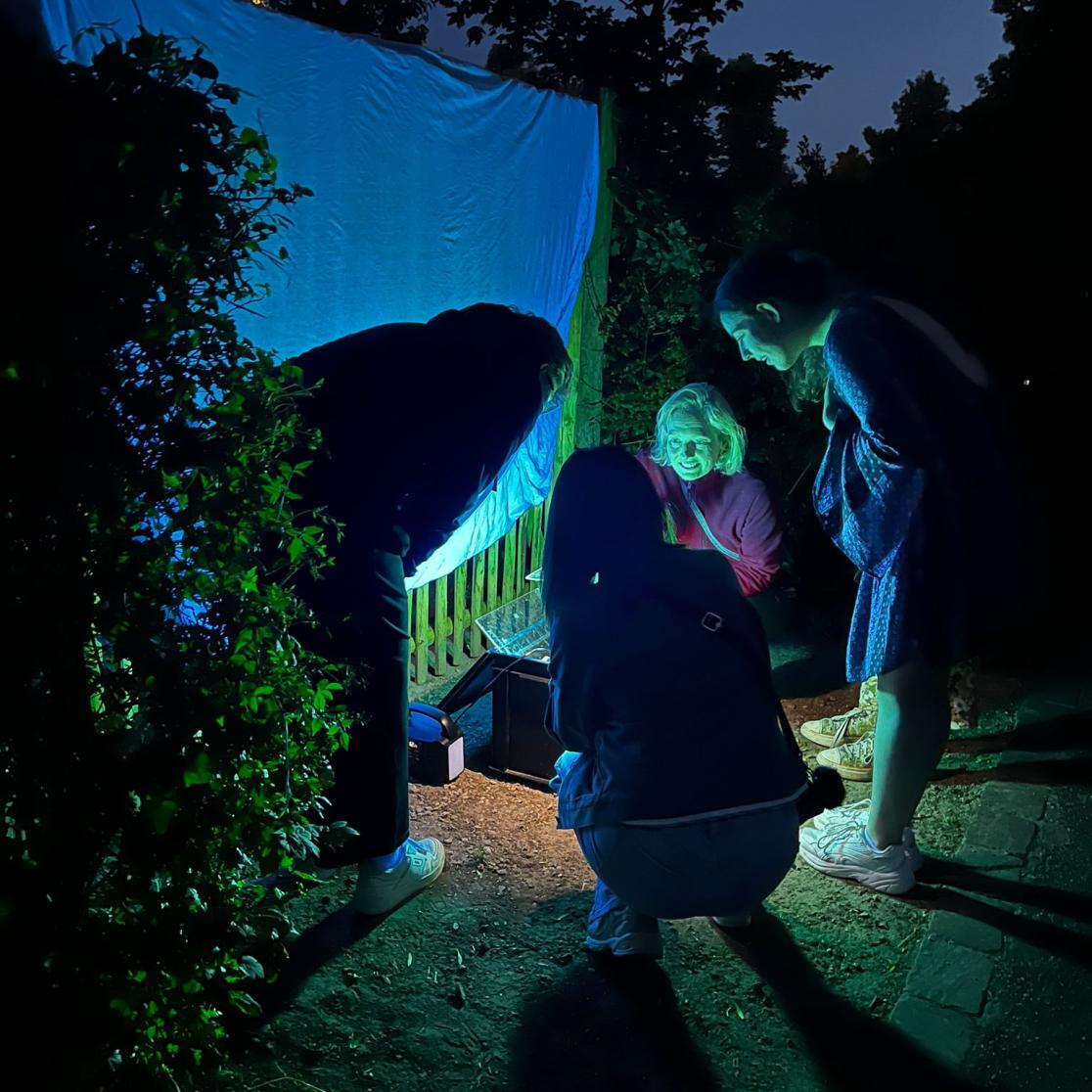UM's first BioBlitz came to an end
What do you get when 18 colleges and universities join forces under the name #HogerOnderwijsBloeit (Higher Education Blooms) for nature? Exactly: an explosion of knowledge about and involvement in nature!
To mark International Biodiversity Day (May 22), institutions across the Netherlands, including Maastricht University, embarked on a shared challenge: register 2,500 species on campuses within 30 days. Thanks to students, staff, and enthusiastic nature lovers, this target was not just reached, it was smashed.
Through this BioBlitz, participants used the ObsIdentify app and waarneming.nl to document wild species on and around campus. This citizen science initiative brought much-needed attention to local biodiversity, because what does or doesn't live around us reveals the health of our ecosystems.
👉 Want to see what lives at UM locations? Explore the results here: BioBlitz Hoger Onderwijs Bloeit 2025 – Waarneming.nl
3 exciting events were organised, where more than 50 participants took on one goal: to celebrate biodiversity and identify as many species as possible.
Biodiversity 101
The events kicked off at Tapijn Garden with an engagin short talk on biodiversity. Equipped with the ObsIdentify app, participants joined a nature exploration, spotting everything from plants and insects to fungi. This hands-on approach helped beginners gain confidence in exploring the natural world around them.

Bee Hot Spot Maintenance
At Randwyck’s bee hotspot near Oxfordlaan 55, volunteers helped maintain a thriving habitat for native pollinators, by pulling weeds. Led by Peter Alblas of CNME, the group planted and pruned to support over 60 species of bees, vital players in our ecosystem. To catch a glimpse of the event's atmosphere, be sure to watch the video.

Moth Trapping Night
As night fell, a moth trap was set up next to Tapijn Garden to explore campus biodiversity after dark. Postponed due to rain but worth the wait, the event revealed a rich variety of insect species, as participants also utilised varies white sheets to collect and observe different species from trees and bushes.
